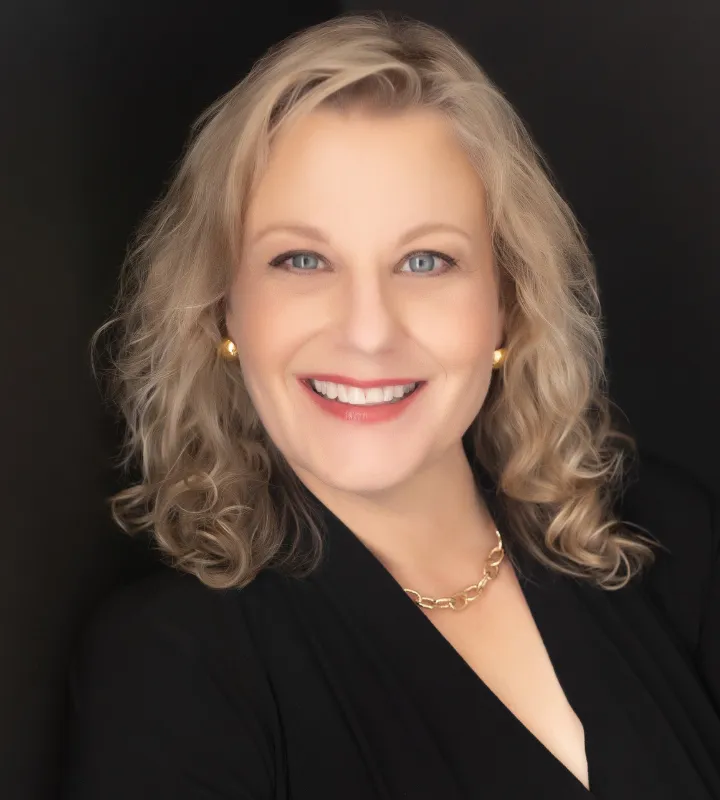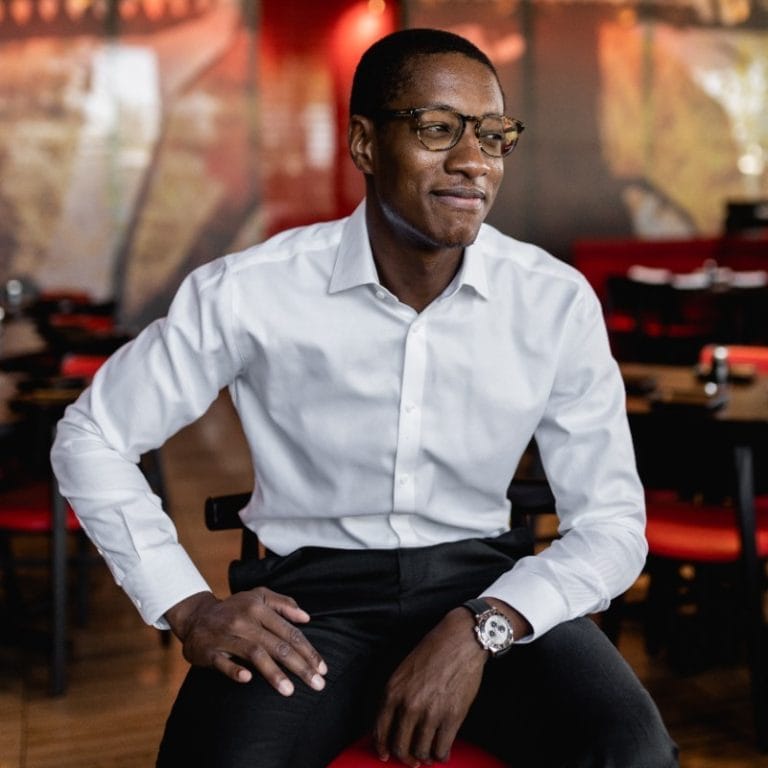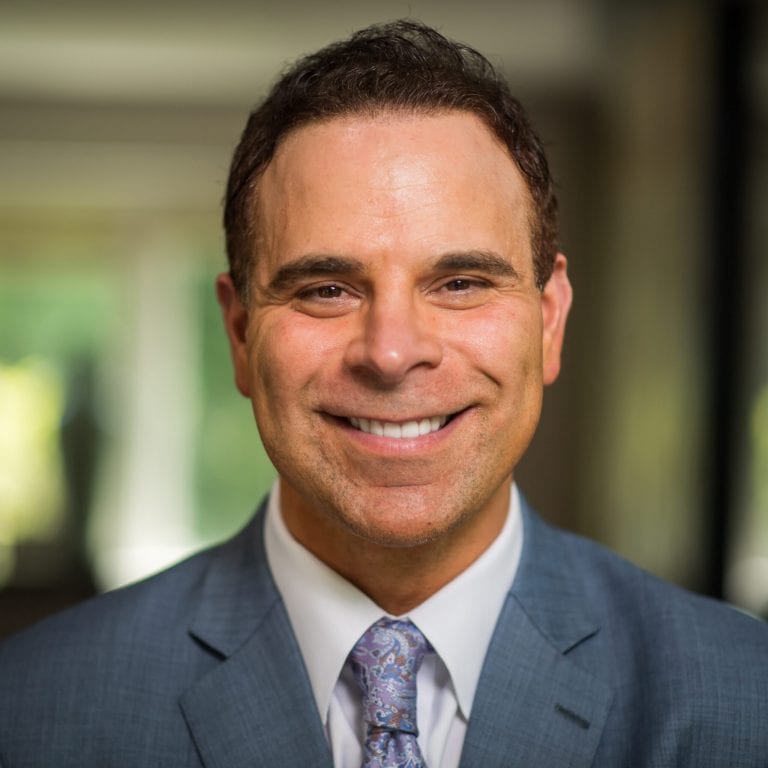
June 27, 2022
Elaine Boltz, Chief Operating and Transformation Officer, Crocs
Elaine Boltz started her job at Crocs as their Chief Operating and Transformation Officer at a most propitious time: March 2020. No sooner had she settled into her new digs at their cool Colorado headquarters when the pandemic shut down supply chains and manufacturing—but also helped make Crocs a true zeitgeist performer. Those shoes people love to hate— but everyone from kindergarteners to your gardening grandma has a pair—became a huge success, once again. In 2021, they had 67% revenue growth and industry-leading 30% operating margin and sold 103 million pairs of footwear globally, up 49% over 2020. During the fourth quarter, the brand sold 22.6 million pairs, an increase of 19.7% over last year—adding $1 Billion of topline revenue in just a year!
As a part of my podcast The Reboot Chronicles, I sat down to talk with Elaine who has one of the most dramatic pandemic success stories of any company. Was this all planned? Of course not, but she rose to supply chain challenges and met a customer need for comfort and convenience. How did they do it?
Get Buy In to a Pandemic Plan
As she says, “I worked with the leadership team to create a pandemic playbook that first week. We took a defensive and offensive push. Defensive was how do we think about conserving our cash? We don’t know what’s going to happen. How do we manage our inventory much more tightly? Offensive was how we make the most of our ability to connect with consumers during this time when comfort, both physical and emotional, became a very big deal. We’ve got a profound history of the healthcare community and took the opportunity to give away 850,000 free pairs of crocs to the healthcare community.”
Continuing on the Path of Digital First
And while the pandemic spurred them on, Crocs had already been on a multi-year transformation process. They reacted to the fact that they were anti-fashion to become fashion. Their transformation started in 2014-15 when they began to focus on being digital first. What does that oft-used phrase mean to them? It’s not just selling shoes online, which is projecting to be 50% of revenues by 2026.
As Elaine says, “digital for marketing has been a huge part of how we have built the brand. Our marketing team has been incredible about hooking into what’s going on virally and connecting with consumers where they are on social. They’ve been teaming up and doing collaborations with great brands, great artists, great designers that have pushed the business.” You might not realize that rappers like Big Bunny, Genz Z icon Justin Bieber and even Balenciaga are now designing for the company you might have thought of as clown shoes.
One of the things I admire about Crocs is that they are not just doing what many fashion footwear brands are and glomming onto TikTok and Snap with ads., They approached the fashion world as an outsider, and became one of the few public companies literally living and breathing digital and culturally embedding it into the soul of the company.
Digital first for Crocs also extends into operations and using AI, which they use for forecasting. Robotics has helped them scale very quickly in commerce operations. “For us digital is more than just kind of a business, it’s really how we want to approach growth and the future of the company.”
Be Truly Global
Increasing sales by more than $1 billion in a single year came in part because of their global expansion. They are now in 90 countries, with EMEA and Asia big growth opportunities. One of the reasons they acquired Hey Dude, a comfort casual shoe brand based in the US, was that they saw the international potential. “We really make sure that we’ve got our connections built with all of our offices and folks around the world, and that we’re thinking about where we go, not just from a North American perspective, but really from a global perspective, scaling at that level, in terms of talent, processes and the supply chain during a time of incredible disruption. It requires a real flexibility and agility internally and an incredible amount of collaboration and innovation to get through that,” she says.
Adapting and Facing Reality in Times of Chaos
How can you grow when you don’t know if you will have the materials to produce your goods? “As the supply chain gets more volatile and unpredictable it’s influenced how we think about marketing launches around the world,” she says. “If you can’t rely on goods arriving on time, how do we shift that approach? We made a point of facing reality with the supply chain which has helped us. A lot of companies took a wait and see approach while we wanted to be very quickly decisive.” As she relates, “if we’re going to be dealing with supply chain issues for a long time, let’s figure out how to work with it. We looked at our product line to make sure that it’s tight and focused, and that we protect newness. We’re thinking about how we let factories run longer lines by cutting the product line. Airfreight is now a newer part of competing from a logistics standpoint.”
“It took a lot of sharp focus and prioritizing,” she continues. “We’ve had a real mantra of Smarter, Better Faster. Smarter is how do we get incredibly good with data, how we get access to be able to see around corners and get better insights. Faster is a big Croc’s issue.. How do we respond and make decisions with the best information that we have knowing that we can make a shift later.”
“A big part of our culture is fast decisions,” she says. “Be smart, use the data, think about the implications. And be focused and prioritized. We really want to have smart, sustainable growth. But we know what works about this company. What makes it so fun to work at is that we are moving quickly, and we’re making things happen. A big part of our conversation right now is balancing how we build in sustainable processes and ways of acting that we can scale with the ability to still change quickly to respond to the marketplace and keep the attitude that we don’t have it all figured out. So we better be willing to change on a dime.”
As a director of a program called “Dancing with Startups” and a professor at the Kellogg School, I tell students and start up entrepreneurs that you have to have 3Ps: People, Platforms and Passion. At Crocs, Elaine Boltz and her colleagues proved during the pandemic that while things might be broken, quick decision making and a cohesive global team can move mountains – and sell a lot of shoes.











